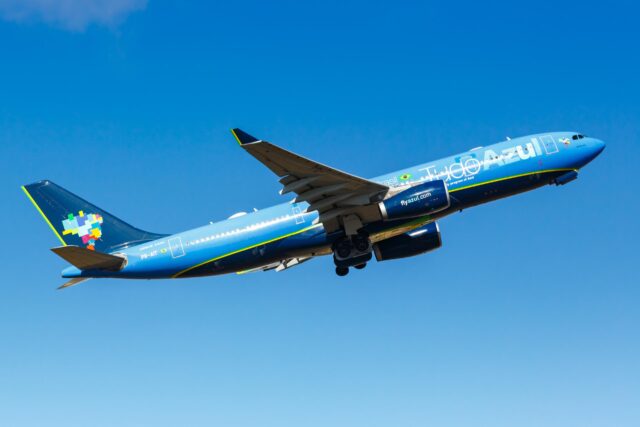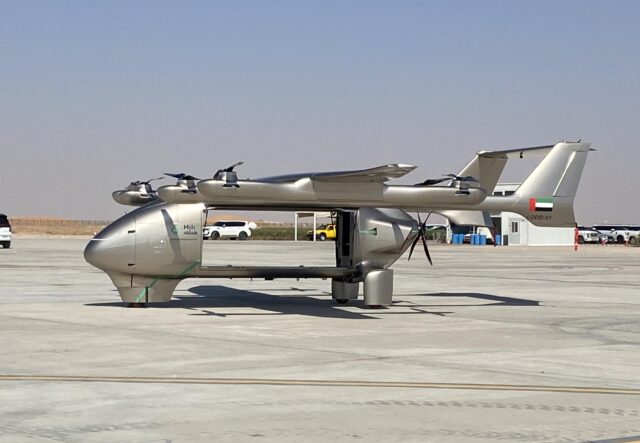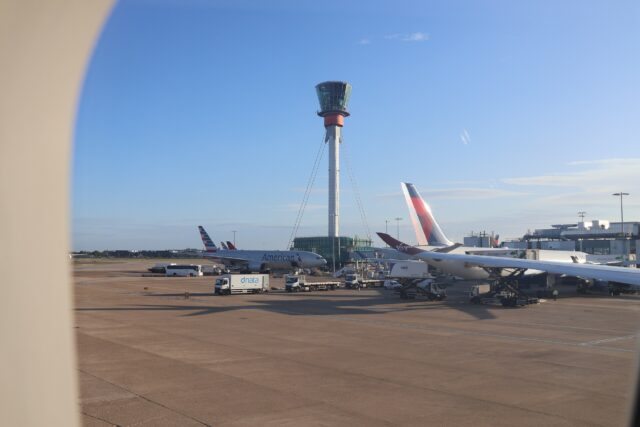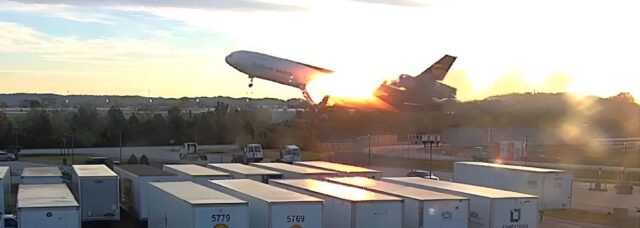Munich Airport to get AI-powered aircraft turnaround management across 150 gates

August 15, 2025

Munich Airport will adopt Assaia’s ApronAI aircraft turnaround management tool, deploying it across 150 gates. The airport expects that ApronAI will improve on-time performance, streamline ground operations, and support its sustainability goals.
Passengers at Germany’s second-largest hub could see fewer delays, smoother connections, and a greener approach to ground operations.

“It’s a critical step towards enhancing our operations using data and artificial intelligence,” said Thomas Hoff Andersson, Munich Airport’s Chief Operations Officer. “With Assaia’s technology, we’re able to better understand what’s happening on the apron in real time, allowing us to streamline processes and improve decision-making, ultimately delivering a better experience for our passengers.”
“ApronAI doesn’t just monitor, it empowers predictive and proactive decision-making,” explains Assaia’s Senior Vice President of Global Sales, Jan Willem Kappes. “With full transparency of operations, airports like MUC can eliminate bottlenecks, boost OTP and grow sustainably without immediate infrastructure developments.”
How ApronAI helps ease aircraft turnaround
The AI-powered turnaround management tool will use live video feeds and computer vision to track every stage of an aircraft’s turnaround, from arrival and unloading to boarding and pushback. The system detects key milestones in real time, predicts off-block times, and alerts staff to potential delays or safety issues before they escalate.
ApronAI uses computer vision and machine learning to monitor aircraft stands via CCTV cameras, feeding data into an interface that integrates with existing Airport Collaborative Decision Making (A-CDM) systems.

It tracks events such as the placement of chocks, arrival of ground handling teams, start of refuelling, and closure of aircraft doors, giving operations teams a second-by-second view of progress.
The system also identifies safety issues such as unauthorised personnel on the stand or unsafe equipment use. It also monitors the duration of auxiliary power unit (APU) operation to help reduce carbon emissions.
All data is logged, allowing airports to analyse turnaround performance over time and train staff using playback footage of actual operations.
Airports embrace AI to boost on-time performance
Munich joins a growing list of airports and airlines using ApronAI and reporting tangible gains in their on-time performance.
According to Assaia’s 2024 Turnaround Benchmark report, some airports have seen reductions of around 6% in ground delays and 4% in average turnaround times.
The report also shows a 25% increase in turns per gate, which means better gate utilisation, enabling airports to accommodate more flights.

- John F. Kennedy International Airport Terminal 4 (JFKIAT) in New York: ApronAI recorded up to five minutes less ground delay per flight.
- Seattle-Tacoma International Airport (SEA): Alaska Airlines used the system to achieve a 17% improvement in on-time performance for flights using monitored gates.
Other users include London Gatwick, Toronto Pearson International, Rome Fiumicino Airport, Cincinnati/Northern Kentucky International (CVG), Berlin Bern Airport, Copenhagen Airport and Halifax Stanfield International.
Cutting airports’ carbon footprint by monitoring APU use
The aviation industry’s Net Zero 2050 sustainability targets are also driving the adoption of Assaia’s AI-enabled solutions.
Ground operations account for 30% of total airport emissions and double an airport’s direct emissions. Operational factors that contribute to ground emissions include taxi and holding times and the use of aircraft auxiliary power units (APUs).
According to Assaia, on average, estimated APU runtime makes up about 27% of the total turnaround time, but the actual runtime is closer to 49%. APUs often run even after ground power is connected to the aircraft, generating needless emissions.
With APU monitoring to prevent excess use and more efficient sequencing of turnaround activities, the company says it supports reductions in CO₂ emissions.
















